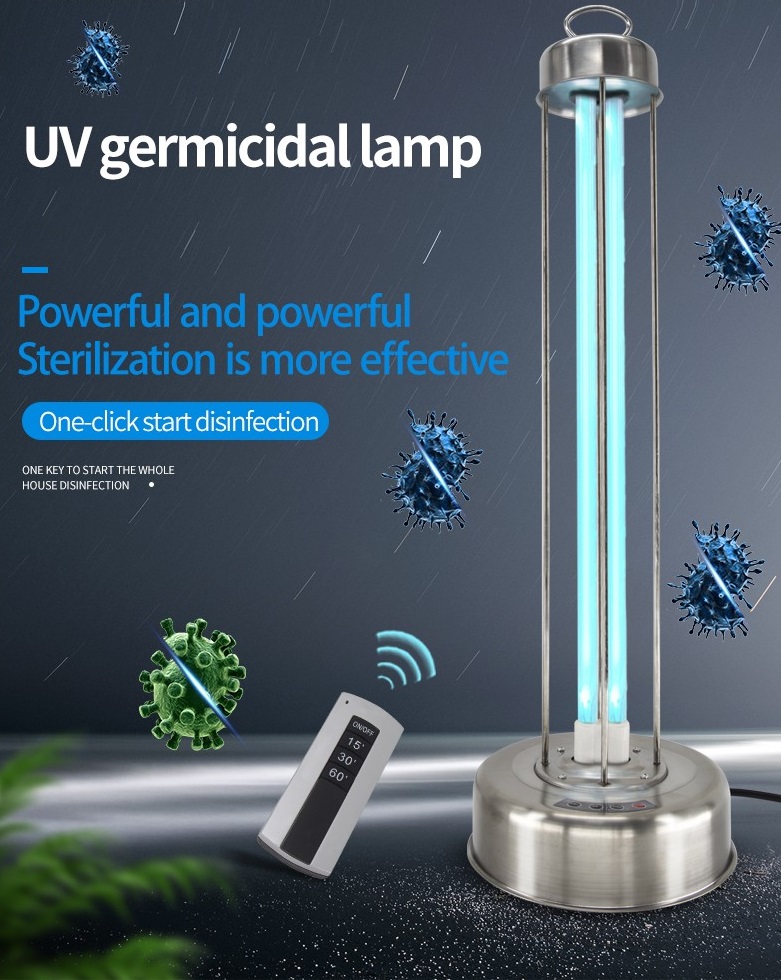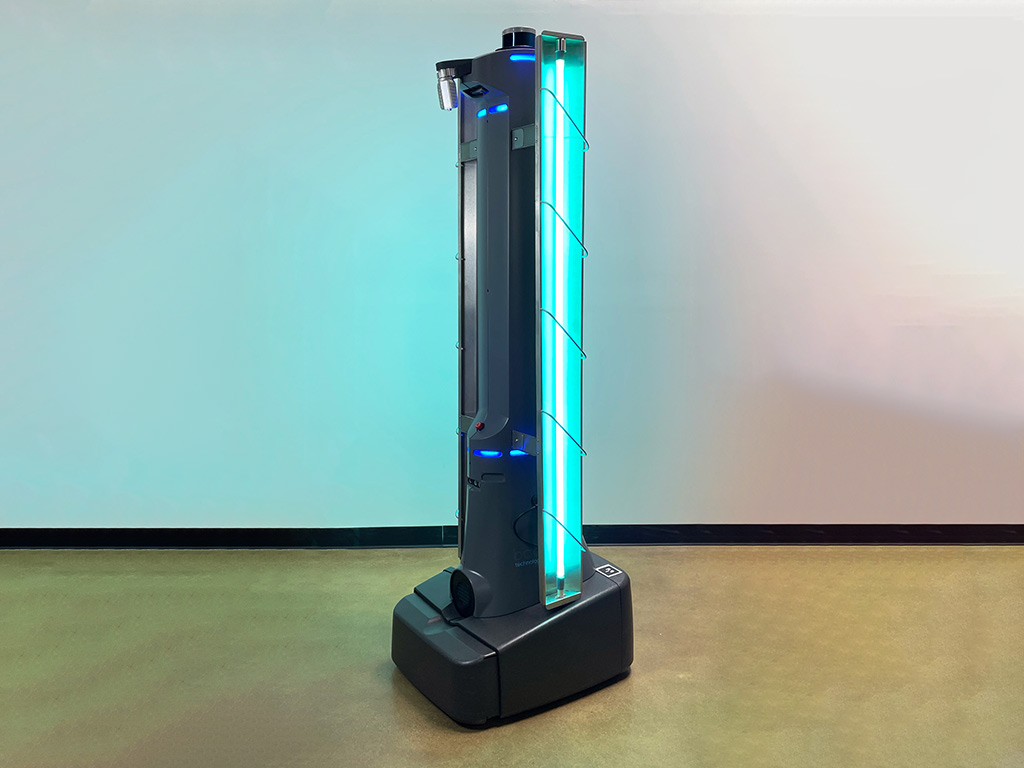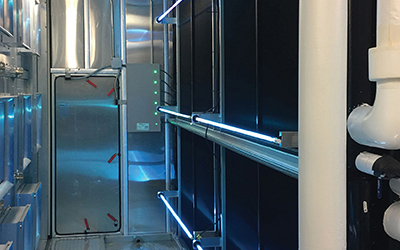UV Disinfection: The Cutting-Edge Technology Changing Sanitation Practices
In the realm of sanitation techniques, one modern technology has emerged as a game-changer: UV sanitation. From healthcare settings to food processing, UV sanitation is making its mark in numerous markets.
How UV Disinfection Works
UV sanitation functions by making use of ultraviolet light to ruin or suspend microbes, providing a highly reliable and chemical-free technique of hygiene. This technology takes advantage of the power of short-wavelength UV-C light, which is capable of harming the DNA and RNA of microorganisms, therefore providing them not able to duplicate and trigger injury.
The procedure starts with the installment of UV sanitation systems, which include UV lamps that release UV-C light. These lamps are strategically placed in locations where microbial contamination is a concern, such as water therapy plants, medical facilities, research laboratories, and food handling centers.
When microbes are exposed to UV-C light, the photons penetrate their cell walls and reach the DNA and RNA inside. The high-energy UV-C photons disrupt the genetic product by creating bonds in between adjacent nucleotides, leading to the formation of thymine dimers. These dimers protect against the bacteria from reproducing, providing them safe.
UV disinfection is highly reliable against a wide variety of bacteria, including parasites, microorganisms, and infections. It is specifically effective against waterborne pathogens like E. coli, Giardia, and Cryptosporidium. Moreover, UV sanitation is a chemical-free method, getting rid of the demand for possibly unsafe anti-bacterials and reducing the danger of dangerous sanitation by-products.
Benefits of UV Sanitation
UV sanitation provides many advantages in the field of sanitation, making it a very favored approach for properly getting rid of harmful microbes. Unlike typical disinfection methods that depend on chemicals, UV sanitation makes use of ultraviolet light to ruin the DNA of bacteria, rendering them unable to duplicate and create infections.

UV disinfection is likewise extremely flexible in its applications. It can be used in different setups, including hospitals, colleges, food handling centers, and water treatment plants. UV sanitation systems can be easily incorporated right into existing cleanliness methods, providing an added layer of security against transmittable illness.
Along with its performance and versatility, UV disinfection is additionally eco friendly. It does not generate any kind of harmful by-products or deposits, making it a lasting and risk-free method for hygiene - uv surface disinfection. Additionally, UV sanitation needs marginal maintenance and has a lengthy life-span, causing price financial savings over time.
UV Sanitation in Healthcare Settings
In medical care setups, UV disinfection has actually arised as an innovative approach for efficiently eliminating hazardous microbes. UV disinfection functions by sending out ultraviolet light at a certain wavelength that is dangerous to germs, viruses, and other microorganisms.
To start with, UV sanitation is a non-chemical approach, making it an environmentally pleasant choice compared to standard sanitation methods that frequently include the usage of severe chemicals. Making use of UV light gets rid of the requirement for chemical anti-bacterials, lowering the threat of harmful deposit or chemical direct exposure to both people and healthcare workers.
Additionally, UV disinfection is highly efficient in eliminating a large range of microbes, including drug-resistant bacteria such as MRSA and C. difficile. It gives a consistent and reputable disinfection process, ensuring that all surface areas and devices are thoroughly disinfected, also in hard-to-reach locations.

UV Sanitation in Food Processing
The application of UV sanitation expands past medical care settings and discovers significant worth in the world of food processing. uv surface disinfection. UV sanitation technology is coming to be increasingly popular in the food market due to its capacity to effectively remove hazardous virus and improve food safety and security
Among the main benefits of UV disinfection in food handling is its capability to target a wide variety of bacteria, including infections, bacteria, and molds. By utilizing UV light at specific wavelengths, it is feasible to disrupt the DNA and RNA of these microorganisms, rendering them incapable to recreate or create harm. This technology can be related to different phases of the food processing chain, consisting of surface area disinfection, devices sanitation, and water therapy.
UV sanitation supplies a non-thermal and chemical-free method of sanitizing food. Unlike traditional disinfection techniques that rely upon chemicals or heat, UV modern technology does not leave any deposit or modify the taste, appearance, or dietary value of the food. This makes it a perfect service for sectors that require strict adherence to top quality criteria.
In addition, UV disinfection systems are simple to run and set up, calling for marginal maintenance. They can be integrated into existing handling lines without triggering substantial interruptions to the production procedure. Additionally, UV systems have a quick treatment time, enabling continuous processing and minimizing downtime.
The Future of UV Sanitation

One area where UV disinfection is anticipated to make significant improvements is in the area of healthcare. With the surge of antibiotic-resistant microorganisms and the requirement for extra reliable sanitation approaches, UV light has the possible to play an essential duty in decreasing healthcare-associated infections. UV disinfection systems can be used to sanitize surfaces, devices, and also the air in health care facilities, assisting to stop the spread of damaging pathogens and improve patient safety and security.
An additional market that can benefit from developments in UV disinfection modern technology is the food market. UV light has currently proven to be an efficient technique for decontaminating food and decreasing the threat of foodborne illnesses. As modern technology enhances, we can anticipate to see a lot more efficient and affordable UV sanitation click to investigate systems being executed in food processing plants, making certain that the food we consume is risk-free and without my blog damaging germs.
Conclusion
To conclude, UV sanitation is a cutting-edge technology that is transforming hygiene methods in healthcare settings and food handling. By using UV light to kill or deactivate microbes, it offers numerous advantages such as performance, security, and efficiency. With continuous advancements in this field, UV disinfection holds fantastic possible for the future of cleanliness, giving a sustainable and trustworthy option for keeping tidy and hygienic environments.
UV disinfection is a chemical-free method, eliminating the demand for potentially unsafe anti-bacterials and reducing the risk of damaging sanitation by-products.
Unlike conventional sanitation approaches that rely on chemicals, UV disinfection utilizes ultraviolet light to destroy the DNA of microbes, rendering them incapable to duplicate and trigger infections. Unlike standard disinfection techniques that rely on chemicals or warmth, UV modern technology does not leave any deposit or alter the preference, appearance, or dietary value of the food. As modern technology improves, we can anticipate to see extra effective and economical UV sanitation systems being implemented in food processing plants, making certain that the food we consume is risk-free and cost-free from damaging germs.
In verdict, UV disinfection is an advanced technology that is transforming sanitation practices in health care you can check here setups and food processing.